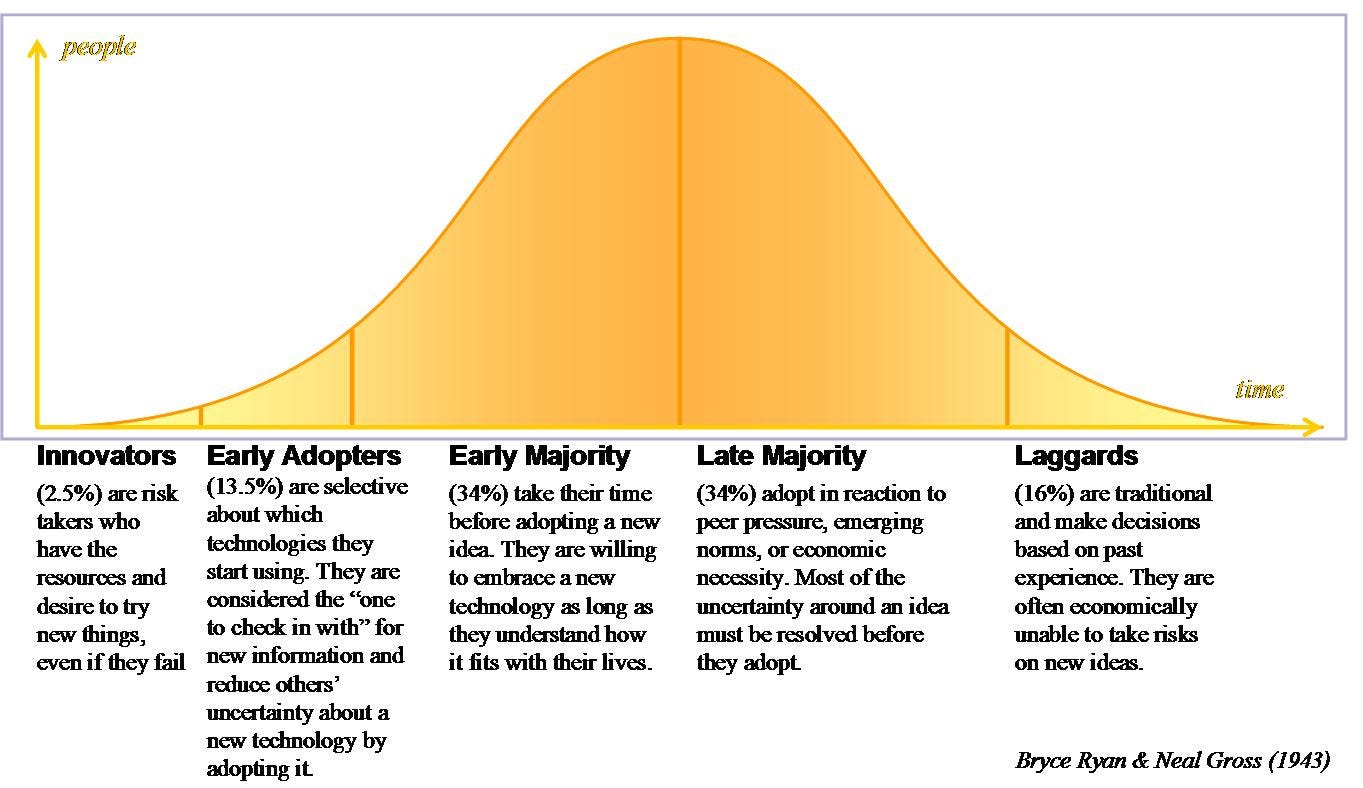Build Design Systems With Penpot Components
Penpot's new component system for building scalable design systems, emphasizing designer-developer collaboration.

medium bookmark / Raindrop.io |
Now most of you want to stand in the stage where Steve Jobs stood once. Well, it takes a stance to do that. I appreciate and look around you and observe what and how they have changed and inspired many.
“You can’t just ask customers what they want and then try to give that to them. By the time you get it built, they’ll want something new.” — Steve Jobs.
“I think it’s very important to have a feedback loop, where you’re constantly thinking about what you’ve done and how could you doing it better. — Elon Musk
Now beat that ^
Let’s rewind a decade back to the time of first mobile phone market. An undisputed brand crushed competitors to ashes with a skyrocketing share of 40.4% of world’s market cap in mobile phone space. Nokia. The giant. But, on a daze note, Nokia lost to brands once trying to stand when the giant flew.
The Failure of Value Proposition: When a brand wasn’t aware of the target market and customers, their product or service find a place in the dark. Nokia was ahead of their time. Despite Nokia’s mobile phone lacks usability and other issues, users weren’t ready for other innovative products. To be precise people were joyous with what they had from Nokia.
“Nokia invented iPad kind of tablet 10 years before Apple did.” goo.gl/WgdYwU
Nokia arrived late to the tech party when Apple began to host. Nothing is more expensive than a missed opportunity. Despite brand’s knowledge about customers, what problem they face. Nothing can stand a chance with a billion dollar idea, product strategy, funding, innovative designs, kick-ass team etc.. Ideas are hypothesis unless your angel finds a value.
one mantra “Know thy customer.” open’s the golden gate, like once Nokia did.
So, How many are up for Nokia’s comeback? Stamp your comments below in response section.
By identifying different customer needs and the problems, Brands should predict next big thing a customer would go for. Said that not every first idea from a brand will win customers. While the second is charging up for the right moment.
– Tim(Mind voice) “Goddamnit”.
Tim: How on earth I can identify my potential, so-called Angels?
Joe: Simple, how do you identify people?
Tim: Face, features, look, name, language,👲🏻 👳🏻👮🏻👷🏻💂🏻👩🏻⚕️👩🏻🎤🎅🏻.
Joe: Fair enough. Now the hook part.
The method of dividing broad market and identifying customers based on demographic, psychographic, behavioural and needs based is called as “Market Segmentation.”
“You gotta break the egg to make an omelette.”
Demographic: are quantifiably identified by age, location, marital status, income, and education. If target customers are business, slice by size and industry. SIC and NAICS are two well-known methods to slice, identify and segment.
“Millennial, 13–25, Software Developer, play games.”
Psychographic: are attitudes, options, values, and interests. Merely better than above one.
Millennial, Hardcore gamers, with a personal Gaming console.
Behavioural: This can be “A millennial who has a personal gaming console, often participates in gaming events & challenges, an active member of a gaming community.
Needs-based: This is by far the most powerful and a direct meet with the customer. These group can be sliced based on their needs.
Let’s Pick GO PRO to visualise contrast in different customer and their needs within a product space.
“An adventurer who likes to capture dare stunts and share in his social circle.
“Dad tries to capture the family’s memorable moments.”
“As an aspiring filmmaker, I don’t have to worry about communicating complex camera angles, multiple shots to my team.”
Above statement shows us different needs of customers from a single product. Discovering customer needs aligns better value proposition and produce a valuable customer benefit ladder.
Users as Buyer: A Buyer is different from users. Buyers can be identified as the one who signs a big fat cheque for the product or service a brand offers. Typically buyers are or can be executives, CEO, CFO, CTO, CCO, etc..
Alright, I have identified my customers and my value proposition fits the market, what now?
Rewind to the history of products like Electricity, Bulb, Radio, Television etc..These timeless products demanded a behavioural change from us to adopt within our life system and hardly one can drop the usage. This sociological model of adopting new products is called as “Technology Adoption Lifecycle”. Coined by Geoffrey A Moore, Author of “Crossing the Chasm”.
“User are grouped and sliced into five different buckets based on demographic and psychographic attributes.”

Final words: Above methods don’t ensure a place to host the party, but a definite guide to know about “Angels” so-called users. As you know more about user’s and their needs. Keep pivoting your value proposition to climb the customer benefit ladder and be on top of the game.
AI-driven updates, curated by humans and hand-edited for the Prototypr community